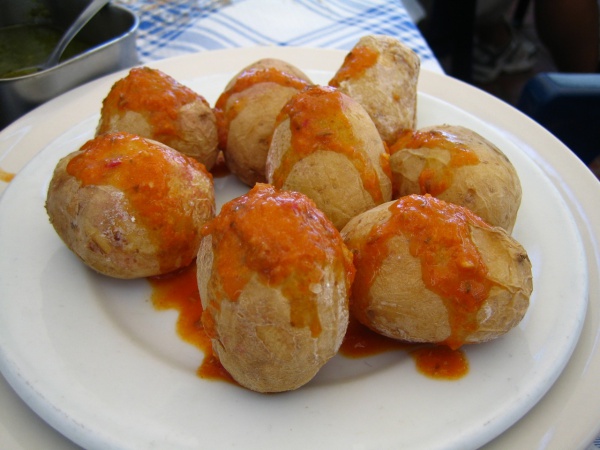Facts About Mojo
Mojo is a flavorful sauce originating from the Canary Islands, crafted primarily from olive oil, local peppers, garlic, paprika, cumin, or coriander, along with a blend of other spices. The two main types are red mojo and green mojo. Red mojo is traditionally paired with meat dishes, while green mojo is perfect for fish.
Beyond the Canary Islands, many countries have developed their own versions of mojo, adjusting the recipe with ingredients such as vinegar, lemon, orange, or lime juice.
In Canarian cuisine, green mojo, rich with herbs and green spices, complements fish dishes. In contrast, red mojo, made with red peppers and paprika, is typically served with meat. Often, mojo is accompanied by bread rolls at the beginning of a meal. There are also delightful variations such as cheese mojo, almond mojo, saffron mojo, garlic mojo, and herb mojo, each bringing its unique flavor and culinary use.
Internationally, mojo sauces have gained popularity in Cuba, the Caribbean, and have even influenced barbecue sauces in the southern United States. Cuban mojo generally blends garlic, olive oil or pork lard, and citrus juice. In Puerto Rico, it's a herb sauce featuring cilantro or parsley, garlic, olive oil, and a mix of other ingredients. The Dominican Republic has its own version called wasakaka, used for roasted chicken and cassava, which combines garlic, olive oil, and sour orange or lemon juice.
Each region adds its own twist to the traditional mojo recipe, creating a rich tapestry of flavors and culinary applications across different cultures.
